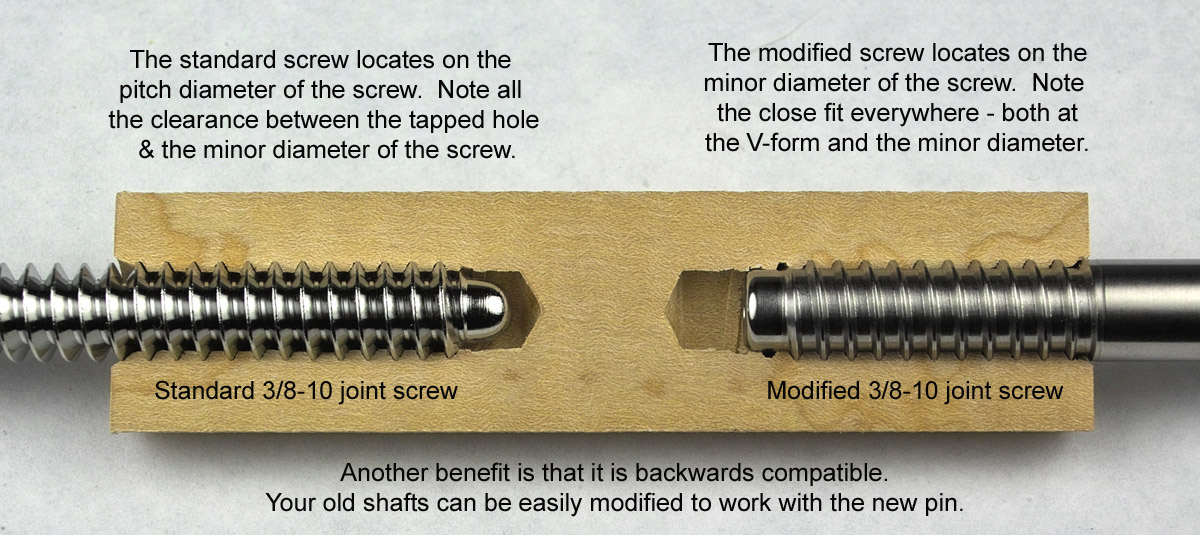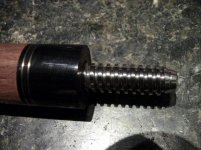there was a thread in the main forum about this
cueaddicts mentioned a "newer" 3/8x10 pin that has a fatter "barrell" and shorter threads compared to the older style
how popular is this new style??
i was aware of a "flat faced" 3/8x10 pin as a variant but not this
where can i go to see pics of various 3/8x10 pins??
i did a search and it wasnt productive
thanks for any info
cueaddicts mentioned a "newer" 3/8x10 pin that has a fatter "barrell" and shorter threads compared to the older style
how popular is this new style??
i was aware of a "flat faced" 3/8x10 pin as a variant but not this
where can i go to see pics of various 3/8x10 pins??
i did a search and it wasnt productive
thanks for any info

